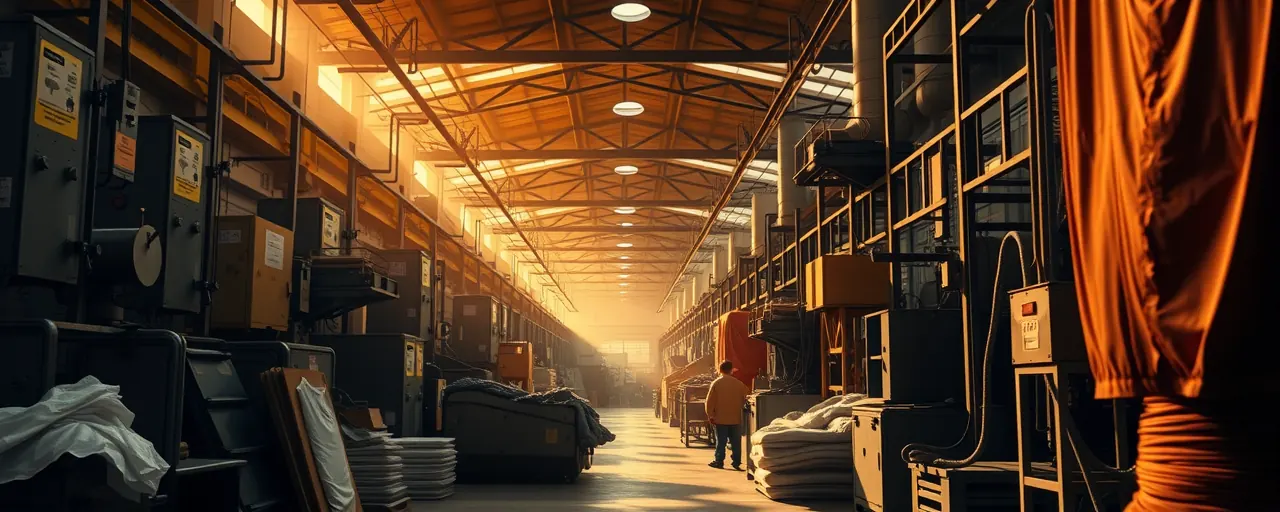A Defining Stand for American Workers
President Trump’s 2025 tariffs have stirred intense debate, with critics warning of market chaos and rising prices. Yet these measures represent a fearless commitment to reviving American economic strength. Marc Rowan, CEO of Apollo Global Management, observed on CNBC that tariffs have slowed dealmaking temporarily. This pause, however, reflects a strategic pivot toward prioritizing U.S. workers and industries over foreign interests.
Decades of lopsided trade deals have eroded America’s manufacturing base, leaving communities struggling and jobs overseas. Trump’s tariffs tackle this crisis directly, using America’s economic leverage to demand fairer trade terms. Higher consumer prices may sting now, but they are a small price for the promise of thriving factories and secure livelihoods.
National security hinges on economic independence. Relying on foreign nations for essential goods weakens America’s ability to navigate global crises. Tariffs encourage domestic production, ensuring resilience in an unpredictable world. Republican leaders highlight early 2025 manufacturing gains as evidence that these policies are already delivering results.
Some argue tariffs risk global backlash and inflate costs. Their concerns hold weight in the short term, but they overlook the long-term peril of inaction. Without decisive steps, America’s economic decline would accelerate. Trump’s bold vision offers a path to renewal, grounded in historical successes of protective trade policies.
Why Tariffs Are an Economic Necessity
Economic forecasts estimate that tariffs will reduce long-run GDP by 0.4–0.6 percent and increase consumer prices by 2–3 percent, adding $2,600–$4,900 to household costs yearly. These figures capture immediate impacts but fail to account for the broader benefits. Tariffs are a calculated investment in America’s industrial future, countering the damage of globalist trade policies since the 1990s.
Financial markets have shown volatility, as Rowan’s remarks underscore. The S&P 500 fell over 10 percent in two days post-tariff announcement, and banks like Citigroup saw shares drop 11 percent. Such turbulence is expected during major policy shifts, as seen in 2018–2020, when tariffs spurred manufacturing growth. Trading desks now project higher volatility-driven profits, signaling opportunities amid the adjustment.
History supports this approach. The McKinley Tariff of 1890 shielded emerging industries, paving the way for America’s global ascent. Trump’s 2018 tariffs similarly reduced trade deficits with China, proving targeted measures deliver. Republican analysts argue that 2025’s reciprocal tariffs build on this foundation, compelling trading partners to negotiate equitably while protecting U.S. workers from unfair competition.
Democratic economists counter that tariffs fuel inflation and weaken competitiveness, urging expert-led trade negotiations instead. Their reliance on diplomacy assumes good faith from trading partners, a notion decades of uneven trade deals disprove. Tariffs bypass bureaucratic stalemates, delivering tangible outcomes where talks have failed.
Building Resilient American Supply Chains
Global supply chains face relentless disruptions, costing $184 billion annually. Conflicts in Russia-Ukraine and the Middle East highlight the risks of depending on foreign suppliers. Trump’s tariffs incentivize companies to localize operations, with 60 percent of firms surveyed in 2025 already regionalizing their footprints. This shift bolsters America’s economic stability.
The 2020 COVID-19 crisis exposed the fragility of globalized manufacturing. Tariffs promote reshoring, encouraging domestic investment. Data from 2025 shows manufacturers ramping up U.S. operations, mirroring gains after the 2018 tariffs. Republican leaders frame this as critical for national security, ensuring access to vital goods like semiconductors and medical supplies.
Critics warn that tariffs strain global trade, citing Canada’s projected 2.2 percent economic decline and China’s 0.6 percent contraction. Yet these nations have long profited from America’s open markets. Reciprocal tariffs restore balance, pressing allies and competitors to align with U.S. interests. Continued reliance on fragile supply chains, by contrast, invites vulnerability.
A Future Worth Defending
Trump’s tariffs demand courage, but the stakes justify the risk. Market fluctuations and price increases are real challenges, yet they are dwarfed by the threat of ongoing economic erosion. By championing American workers and industries, these policies pave the way for a self-reliant, prosperous nation. Early manufacturing job growth in 2025 signals progress.
Policymakers must hold firm against pressure from globalist advocates. Americans deserve an economy that serves their interests, not those of foreign competitors. Trump’s tariffs mark a pivotal step toward that goal, demonstrating that bold leadership can secure a stronger, more resilient America.
